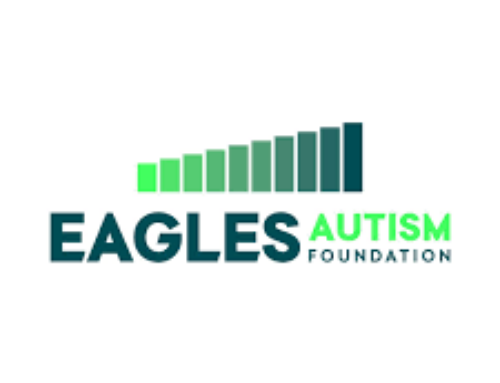Teaching children with Autism Spectrum Disorder (ASD) can be a challenging but rewarding experience for educators. Children with ASD have unique learning needs and require a specialized approach to education. In this blog, we will discuss educators’ experiences working with children with autism and the strategies they use to support their learning.
 One of the biggest challenges educators face when teaching children with ASD is communication. Children with ASD often have difficulties with communication, which can make it difficult for them to understand instructions and express their needs. Educators must be patient and use clear, concise language when communicating with children with ASD. They must also use visual aids such as pictures and diagrams to help children with ASD understand instructions.
One of the biggest challenges educators face when teaching children with ASD is communication. Children with ASD often have difficulties with communication, which can make it difficult for them to understand instructions and express their needs. Educators must be patient and use clear, concise language when communicating with children with ASD. They must also use visual aids such as pictures and diagrams to help children with ASD understand instructions.
Another challenge educators face when teaching children with ASD is behavior management. Children with ASD may exhibit challenging behaviors such as tantrums and aggression when they are overwhelmed or frustrated. Educators must have a good understanding of the triggers that can cause challenging behaviors and use strategies such as positive reinforcement and visual schedules to help children with ASD regulate their behavior.
In addition to communication and behavior management, educators must also have a good understanding of sensory processing issues in children with ASD. Children with ASD often have difficulties with sensory processing, which can affect their ability to focus and learn. Educators must create a sensory-friendly environment and use sensory integration activities such as movement breaks and sensory bins to help children with ASD regulate their sensory input.
Despite the challenges, educators who work with children with ASD find their work rewarding. Seeing a child with ASD make progress and reach their full potential is a truly rewarding experience. Educators who work with children with ASD also report learning a lot from their students. Children with ASD have unique perspectives on the world, and educators who work with them gain insights into the experiences of people with different abilities.
To support the learning of children with ASD, educators use a range of strategies and interventions. One effective approach is Applied Behavior Analysis (ABA), which is a scientifically validated approach to teaching children with ASD. ABA involves breaking down complex skills into smaller, more manageable steps and providing positive reinforcement for successful learning.
Educators also use visual supports such as social stories and visual schedules to help children with ASD understand expectations and routines. Social stories are short, descriptive stories that help children with ASD understand social situations and appropriate behaviors. Visual schedules are visual aids that help children with ASD understand the sequence of activities and transitions throughout the day.
Educators who work with children with Autism Spectrum Disorder face unique challenges, but they find their work rewarding. Communication, behavior management, and sensory processing are some of the key areas that educators must address when teaching children with ASD. Educators use a range of strategies and interventions to support the learning of children with ASD, including ABA, visual supports, and sensory integration activities. By providing specialized education and support, educators can help children with ASD reach their full potential and lead fulfilling lives.





